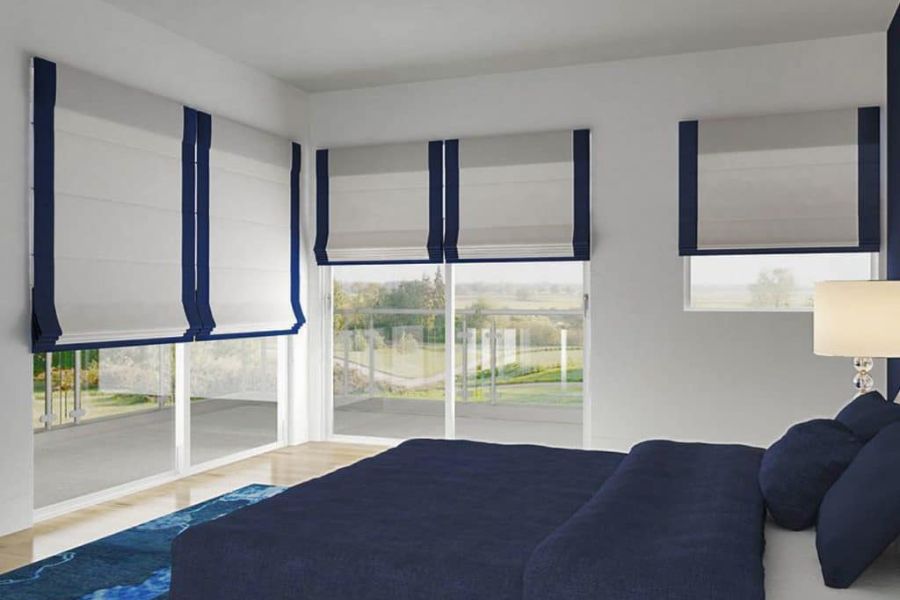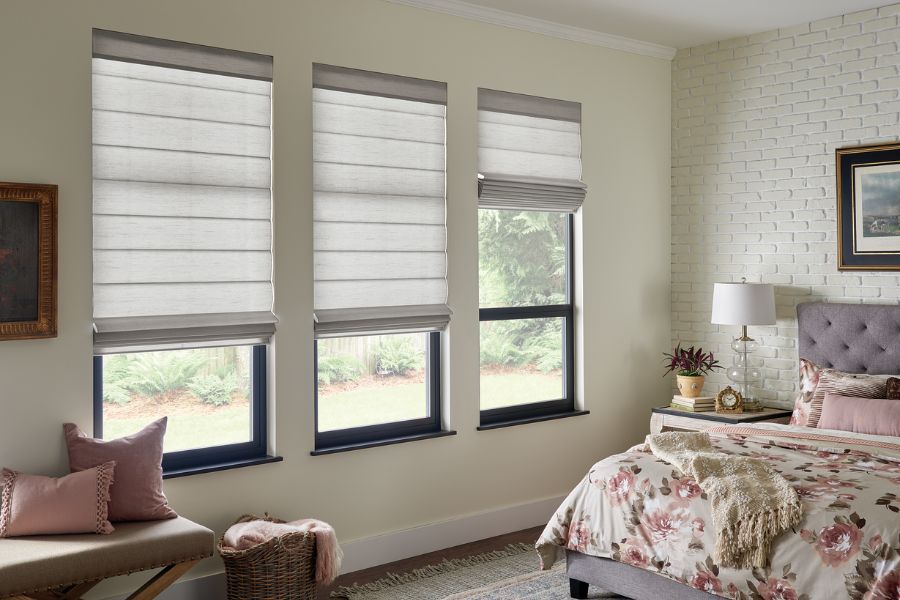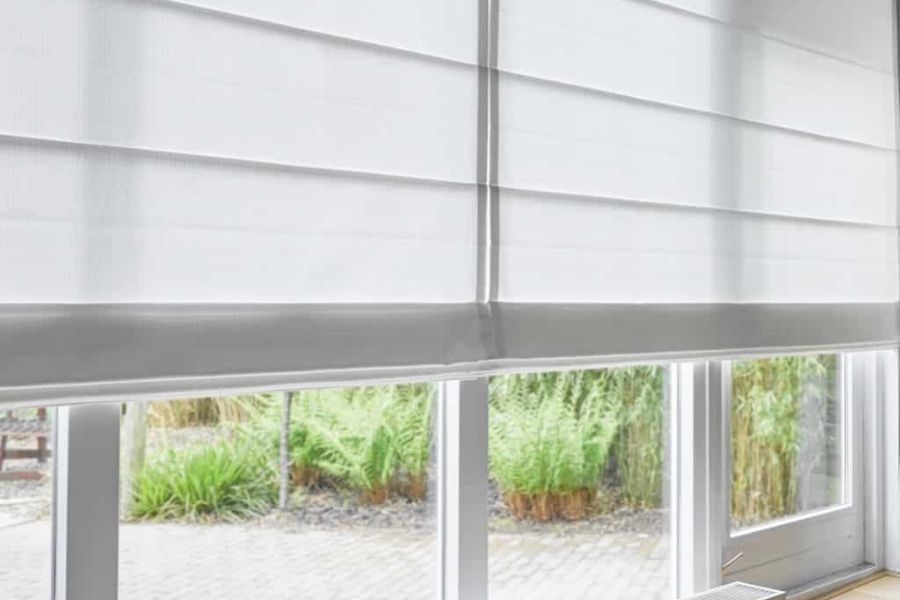Choosing the right size of cellular shades will ensure that your window treatments look great and provide maximum coverage, but selecting the wrong size could make installation tricky and may leave parts of your window uncovered. In this blog post, we’ll walk you through step-by-step tips on how to accurately measure cellular shades so that you can find the perfect fit every time. We’ll also explain what factors to consider when deciding which measurements work best for each window in your home.
Factors to Consider When Selecting a Cellular Shade Size

When selecting the perfect cellular shade size for your home, there are a few important factors to keep in mind. Firstly, consider the window size and shape – a larger window may require a bigger shade to maintain a proportional look. Secondly, determine the purpose of the shade. If you are looking to block out light completely, a full coverage size may be necessary. Next, take into account the mounting type, as some sizes may be better suited for inside or outside mount. Lastly, don’t forget to take accurate measurements to ensure a proper fit.
Choosing The Right Cell For Cellular Shades
To ensure maximum efficiency, it’s important to select the right size of the cell for honeycomb shades, which play a vital role in regulating temperature. Choosing the wrong cell size can render the shades ineffective. Here, we’ll guide you through selecting the right cell size for your home.
Double Cell Honeycomb Shades have a dense structure with double rows of cells and great insulation that saves energy costs. However, their heaviness makes them unsuitable for large windows and better suited to small or medium-sized ones.
Single Cell Honeycomb Shades, on the other hand, have a single layer of cells and are lighter, making them easy to operate. Although they provide less insulation than double cell shades, they are still energy efficient and suitable for all kinds of windows, including large ones.
After deciding on the cell type, you can select from small, medium, or large-sized cells.
Cell sizes come in small, medium, and large variations.
Small cell sizes measure as small as 3/8″, which makes them light and easy to handle – perfect for small windows. However, using small cell sizes on larger windows can lead to a bulky look, as the pleats and cells need to cover a greater area.
Medium cell sizes (1/2″ or 9/16″) are the best option for medium-sized windows, as they provide a balanced appeal and functionality for windows of any size.
A single shade with a 3/4″ cell size is ideal for larger windows. This large cell size is big enough to cover the entire area without needing additional support and adds sophistication to any larger window with its large pleats.
Sizing Options for Cellular Shades
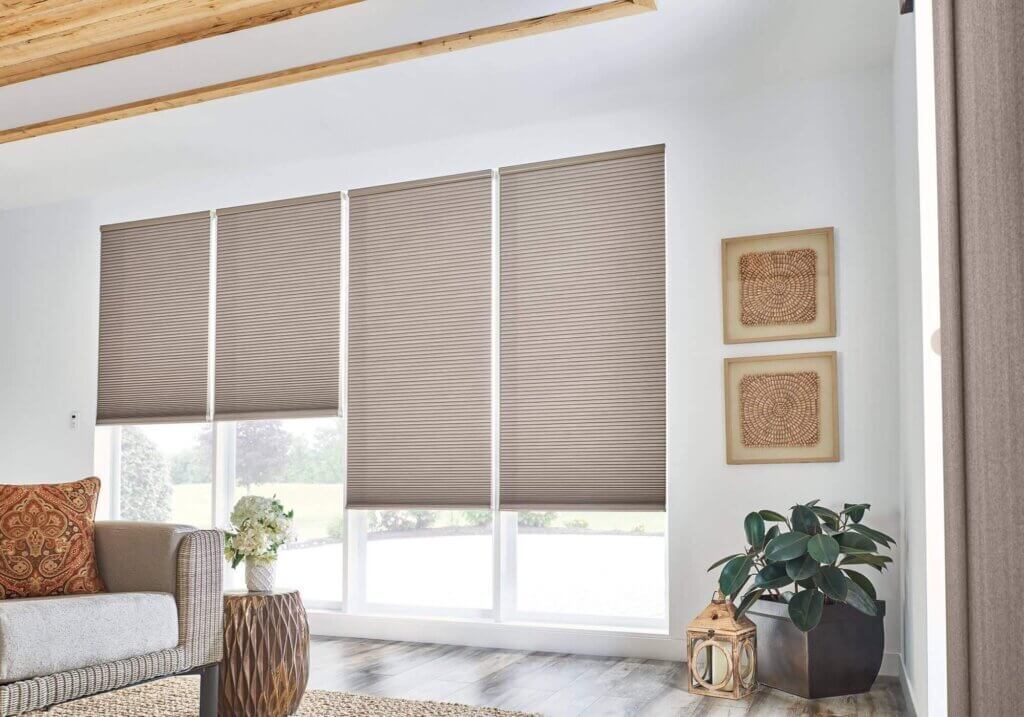
Cellular shades come in standard sizes that cater to most common window sizes found in homes and offices. These pre-made shades are readily available in the market and are a convenient and cost-effective option. Choosing off-the-shelf cellular shades can save you time and money while still providing excellent functionality and style.
For those with non-standard window dimensions or for those who prefer a more precise fit, customizing cellular shade sizes is the ideal solution.
Custom-sized cellular shades allow you to create shades that perfectly match your unique window measurements. This tailored approach ensures a snug fit and optimal performance, enhancing light control, privacy, and insulation. By investing in custom-sized cellular shades, you can transform your windows into personalized focal points while maximizing the functionality of your window coverings.
Advantages Of Choosing The Right Size Of Cellular Shades
Aesthetics
Well-fitted shades provide a clean and polished look while complementing your interior decor, improving the overall appearance of your space.
Functionality
Choosing the right size results in smooth operation and optimal light control. It lets you adjust the level of sunlight and privacy with ease.
Energy Efficiency
Cellular shades excel at insulating your windows, reducing heat transfer and cutting energy consumption. Picking the right size ensures an airtight seal that maximizes their energy-saving capabilities.
Factors To Consider When Choosing The Size Of Cellular Shades
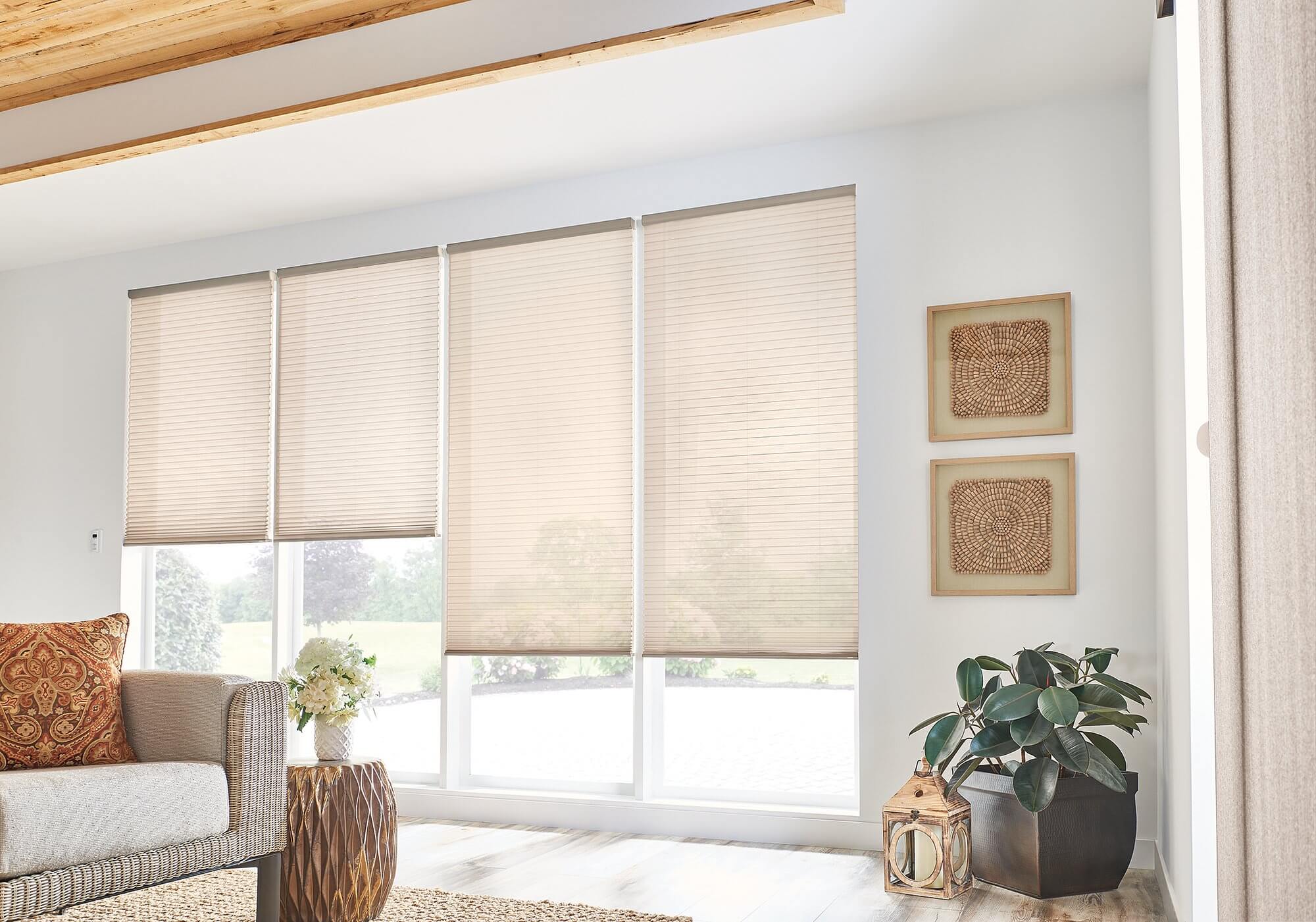
When choosing the size of cellular shades, several important factors should be considered to ensure the perfect fit.
Firstly, accurate measurements of both the width and height of your windows are essential. Measuring at multiple points and using the smallest measurement ensures precision.
Secondly, decide whether single-cell or double-cell cellular shades best suit your needs. Double-cell shades provide enhanced insulation, making them ideal for larger windows or areas with extreme temperature fluctuations.
Thirdly, determine whether an inside mount or outside mount installation is preferred. Inside mount shades fit within the window frame, while outside mount shades cover the entire window and frame.
Lastly, measure for light gaps, especially for an inside mount installation. It is crucial to ensure accurate measurements to minimize any unwanted light seepage and maintain maximum light control and privacy.
Finding the right size cellular shade for your window is essential to completing a room makeover. However, with all the available options, settling on a style that will perfectly fit the measurements you need can be difficult. We hope this guide to choosing the right cellular shade size has been useful and clarified some confusion.
After selecting your ideal solution, check out Creative Windows’ selection to complete your window treatment project today. Not only will you get superior light blocking properties inherent to cellular shades, but you will also add privacy with extra insulation benefits for your home by insulating better than traditional curtains or blinds.
Now that you know the basics, you’re ready to shop around, knowing exactly what size of cellular shades is needed for your windows.


